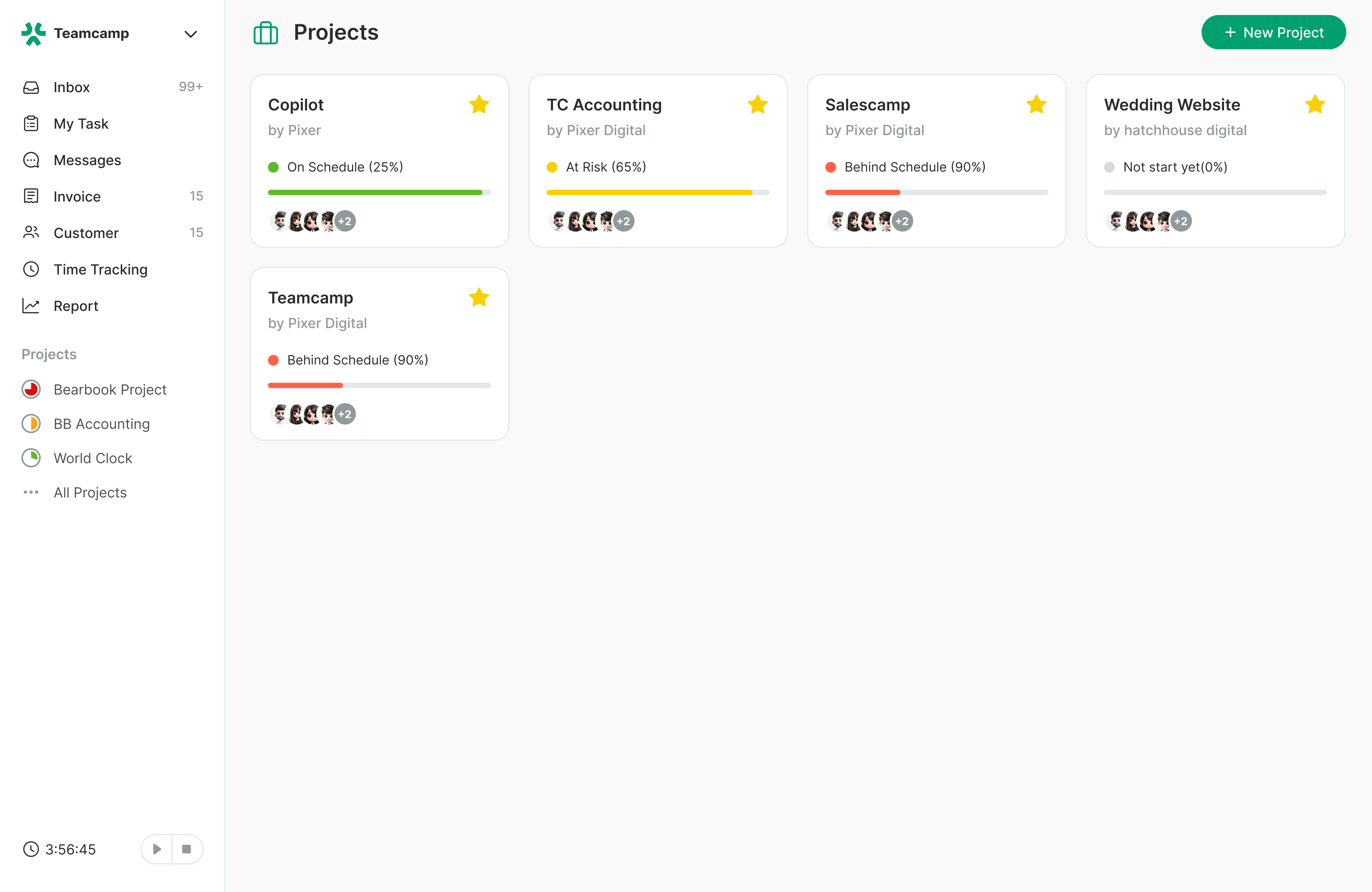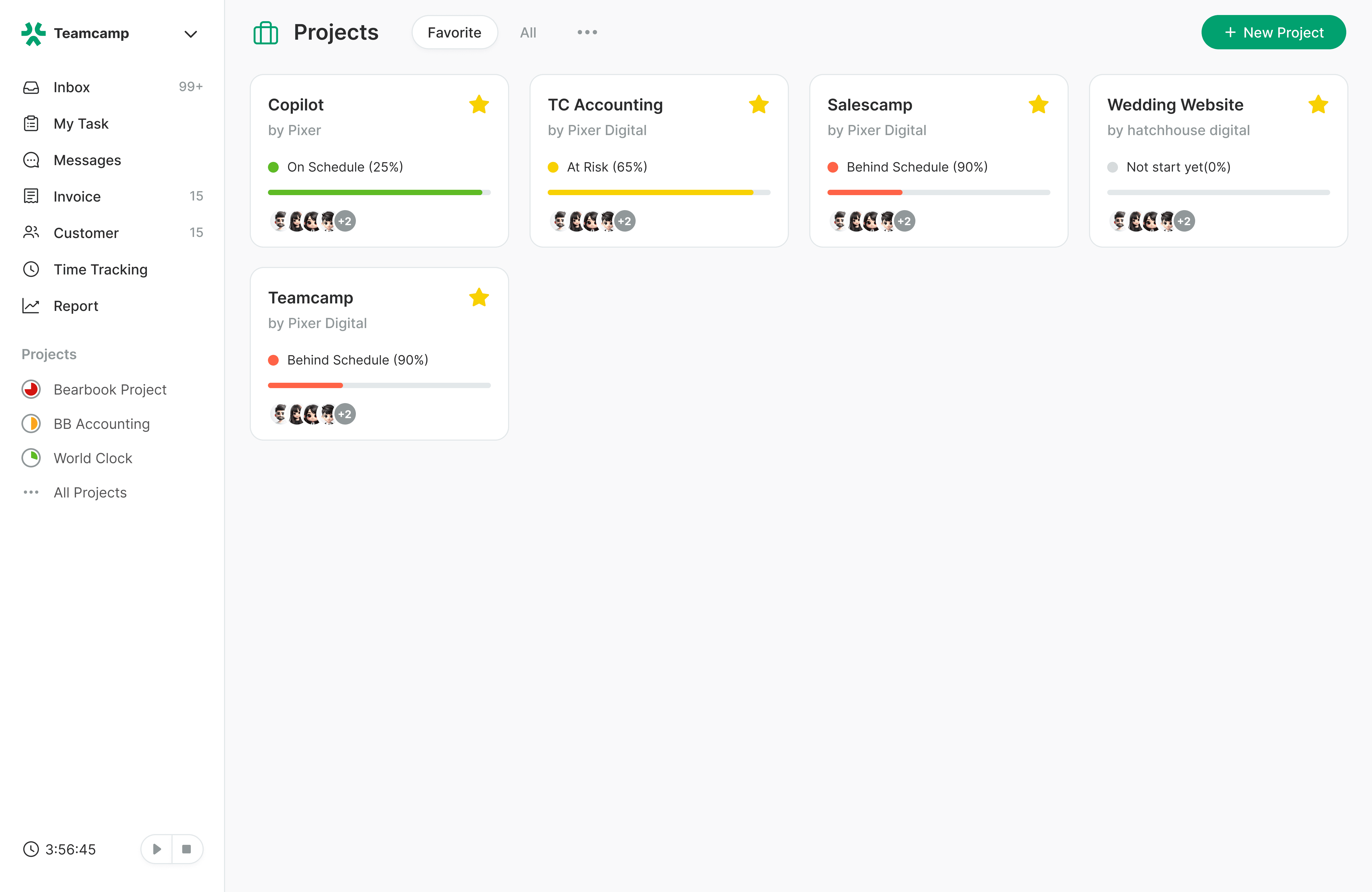Decoding TCPI: A Deep Dive into the To-Complete Performance Index
Introduction
In project management, success hinges on keeping a watchful eye on various performance indicators. One metric significantly influencing a project's financial health and progress is the To-Complete Performance Index, often called TCPI. Despite its cryptic acronym, TCPI plays a pivotal role in project management, offering valuable insights into how efficiently a project must proceed to achieve its budgetary goals. In this comprehensive guide, we embark on a journey to decode TCPI, unraveling its intricacies, understanding its implications, and exploring its real-world applications. By the end of this journey, you'll be well-versed in the language of TCPI and equipped with the knowledge to wield it effectively in your project management arsenal.
Understanding TCPI
What is TCPI?
Let's begin by demystifying the acronym. TCPI stands for To-Complete Performance Index. It's a performance measurement tool used in project management to assess the efficiency required for a project to meet its financial goals. In simpler terms, TCPI helps us determine if we're on track to complete a project within the originally budgeted amount. It offers a critical perspective on a project's financial health and ability to manage costs effectively.
The TCPI Formula
To calculate TCPI, we employ a straightforward formula:
code TCPI = (BAC - EV) / (BAC - AC)
Now, let's break down this formula:
BAC (Budget at Completion): This represents the total budget allocated for the project. It's the amount you initially planned to spend to complete all project tasks.
EV (Earned Value): Earned Value measures the work accomplished in monetary terms. It's an indicator of the value delivered by the project at a specific point in time.
AC (Actual Cost): Actual Cost is the actual amount spent on the project up to the current point. It reflects the real costs incurred in executing the project.
By plugging these values into the formula, you arrive at the TCPI, which reveals the efficiency required to meet the project's budgetary goals. Let's delve deeper into the interpretation of TCPI values.
Interpreting TCPI
Interpreting TCPI Values
TCPI values provide valuable insights into the financial health of a project. Here's how to interpret them:
TCPI < 1: If TCPI is less than 1, the project can meet its budget goals with less cost than originally planned. In other words, it suggests that the project is ahead of schedule regarding cost efficiency.
TCPI = 1: A TCPI value of 1 signifies that the project is on track to meet its budget per the original plan. This suggests that costs are aligning with initial expectations.
TCPI > 1: When TCPI exceeds 1, more cost is required than initially planned to meet project goals. This could signal potential cost overruns if the trend continues.
Significance of TCPI Trends
TCPI values are not static; they evolve as the project progresses. Monitoring TCPI trends can provide crucial insights into project health. For instance:
Steady TCPI < 1: A consistent TCPI value below 1 suggests that the project is consistently ahead of schedule regarding cost efficiency. This is a positive sign.
Fluctuating TCPI: Fluctuations in TCPI may indicate project cost performance changes. Project managers should investigate these variations and take appropriate actions.
Consistently TCPI > 1: If TCPI always remains above 1, it could be a warning sign of potential cost overruns. Project managers should analyze the reasons behind this trend and implement corrective measures.
With a clear understanding of interpreting TCPI values, let's move on to practical scenarios and calculations.
Calculating TCPI Scenarios
TCPI Scenario 1: Meeting Budget
In this scenario, let's assume that the objective is to meet the project's original budget without exceeding it. Here's how to calculate TCPI for this scenario:
Gather the Data: BAC (Budget at Completion): $100,000
EV (Earned Value): $60,000
AC (Actual Cost): $55,000
Apply the TCPI Formula:
TCPI = (BAC - EV) / (BAC - AC)
TCPI = ($100,000 - $60,000) / ($100,000 - $55,000)
TCPI = $40,000 / $45,000
TCPI = 0.89
The calculated TCPI value of approximately 0.89 indicates that the project must continue to work at an efficiency level of 0.89 to meet the original budget of $100,000. This suggests that the project is currently operating below its planned cost efficiency.
TCPI Scenario 2: Cost Savings
Let's consider a scenario where the goal is to achieve cost savings by completing the project with a lower budget than initially planned. Here's how to calculate TCPI for this cost-saving scenario:
Gather the Data: BAC (Budget at Completion): $100,000
EV (Earned Value): $60,000
AC (Actual Cost): $65,000
Apply the TCPI Formula:
TCPI = (BAC - EV) / (BAC - AC)
TCPI = ($100,000 - $60,000) / ($100,000 - $65,000)
TCPI = $40,000 / $35,000
TCPI = 1.14
The calculated TCPI value of approximately 1.14 indicates that the project needs to operate at an efficiency level of 1.14 to achieve cost savings and complete the project within a budget lower than the original $100,000. In this scenario, achieving cost savings requires improved cost efficiency.
TCPI Scenario 3: Recovery from Cost Overrun
Now, let's explore a scenario where the project has encountered cost overruns, and the objective is to recover and complete the project within the original budget. Here's how to calculate TCPI for this recovery scenario:
Gather the Data: BAC (Budget at Completion): $100,000
EV (Earned Value): $60,000
AC (Actual Cost): $70,000
Apply the TCPI Formula:
TCPI = (BAC - EV) / (BAC - AC)
TCPI = ($100,000 - $60,000) / ($100,000 - $70,000)
TCPI = $40,000 / $30,000
TCPI = 1.33
The calculated TCPI value of approximately 1.33 indicates that the project needs to operate at an efficiency level of 1.33 to recover from the cost overrun and complete the project within the original budget of $100,000. This means efforts and cost controls are required to get the project back on track financially.
Real-World Applications of TCPI
Now that we've explored how to calculate TCPI in various scenarios let's delve into its practical applications in project management.
TCPI in Project Monitoring
TCPI is a powerful tool for ongoing project monitoring and control. Project managers can use TCPI to evaluate if the project is on schedule to achieve its financial goals. By regularly calculating TCPI and comparing it to the desired values, project managers can identify potential issues early and take corrective actions. This proactive approach helps manage costs and ensure the project stays within budget.
TCPI in Risk Management
TCPI also plays a crucial role in risk management. Project managers can use TCPI to assess the impact of risks on project performance. By calculating TCPI under different risk scenarios, project managers can identify which risks pose the most significant threat to the project's budget and schedule. This information allows them to develop effective risk mitigation strategies and allocate resources wisely.
TCPI in Stakeholder Communication
Stakeholders, including executives, clients, and team members, often seek clear and concise information about a project's financial health. TCPI provides a meaningful metric to communicate project status. When stakeholders see TCPI values and trends, they understand whether the project is on, over, or under budget. This transparency fosters trust and enables informed decision-making.
Common Misconceptions about TCPI
As with any metric, common misconceptions about TCPI deserve clarification.
Misconception 1: TCPI is Always Equal to 1
One prevalent misconception is that TCPI is always equal to 1 in well-executed projects. In reality, TCPI values vary based on project performance. A TCPI of 1 indicates that the project is on track to meet its budget, but projects can have TCPI values above and below 1, depending on their efficiency.
Misconception 2: TCPI is Only Relevant for Cost Overruns
Another misconception is that TCPI only applies when a project is over budget. While TCPI is valuable for assessing cost overruns, it is equally important in scenarios where cost savings or budget adherence are the objectives. TCPI provides insights into the financial aspects of a project regardless of its budgetary status.
Misconception 3: TCPI is Too Complex
Some may perceive TCPI as overly complex. However, as demonstrated, TCPI is based on a straightforward formula involving basic project data. Project managers and professionals can easily calculate TCPI and use it as a practical tool in their project management practices.
Conclusion
In project management, staying within budget is a critical component of success. The To-Complete Performance Index (TCPI) offers project managers a valuable lens through which they can assess a project's financial health and efficiency. By calculating TCPI and interpreting its values, project managers can make informed decisions, identify potential issues early, and communicate effectively with stakeholders. Remember that TCPI is not just another metric; it's a powerful tool that empowers you to navigate the financial complexities of your projects. Whether you aim to meet the budget, achieve cost savings, or recover from cost overruns, TCPI provides the insights you need to steer your project toward success. So, the next time you encounter TCPI in your project management toolkit, embrace it as a trusted ally on your path to efficient, cost-effective, and successful project outcomes.


